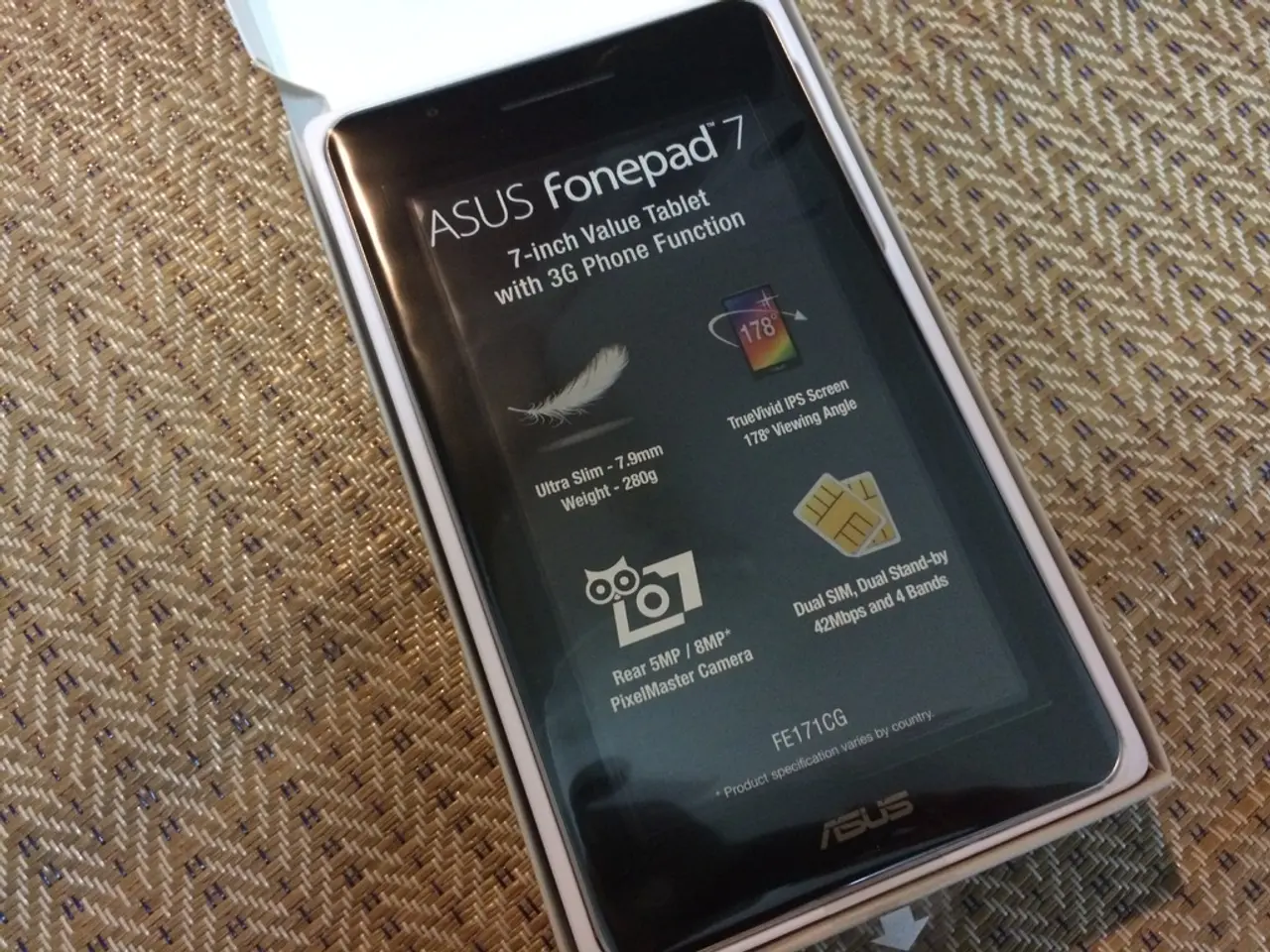The Bridge Decade: AR Glasses and Neural Interfaces Set to Evolve Smartphones
The smartphone era is evolving, with augmented reality glasses and neural interfaces set to complement, not replace, our beloved devices between 2025 and 2035. As the industry ponders what comes next, a transition in interface design is underway, marking the 'bridge decade' from reactive to predictive experiences.
The bridge decade will see major tech companies like Apple, Meta, Google, and Microsoft investing heavily in smart glasses, AR/VR headsets, and wearable AI assistants. These devices aim to provide more immersive, hands-free digital experiences, complementing rather than replacing iPhones. This shift addresses the limitations of iPhones, such as attention fragmentation, interface constraints, and social costs.
Companies that navigate this transition successfully will recognize the shift from reactive interfaces to proactive ones, building for evolution, not disruption. Beyond 2035, the post-iPhone era of ambient computing is predicted, with full field-of-view AR, thought-based neural interfaces, and persistent digital objects. However, iPhones will remain indispensable through 2035 due to battery and processing limits, habit inertia, and their complementary value.
The Ray-Ban Meta smart glasses, with over 2 million units sold and growing social acceptance, serve as a proof point for this bridge model. The bridge decade (2025-2035) will redefine digital interaction, shifting from reactive, screen-driven behavior to predictive, ambient computing, paving the way for the post-iPhone era.
Read also:
- chaos unveiled on Clowning Street: week 63's antics from 'Two-Tier Keir' and his chaotic Labour Circus
- Skechers Debuts First American Stores Focused on Athletic Footwear Performance
- Budget discrepancy jeopardizes highway projects' financial support
- Racing ahead in Renewable Energy Dominance: Changzhou, Jiangsu Pushes for Worldwide Renewable Energy Ascendancy




